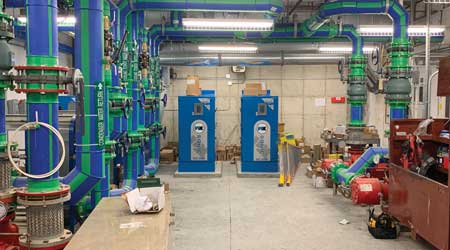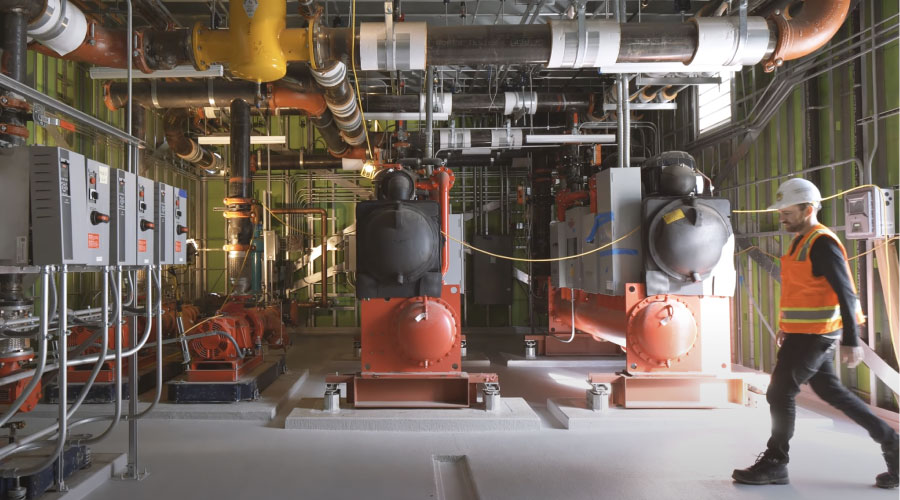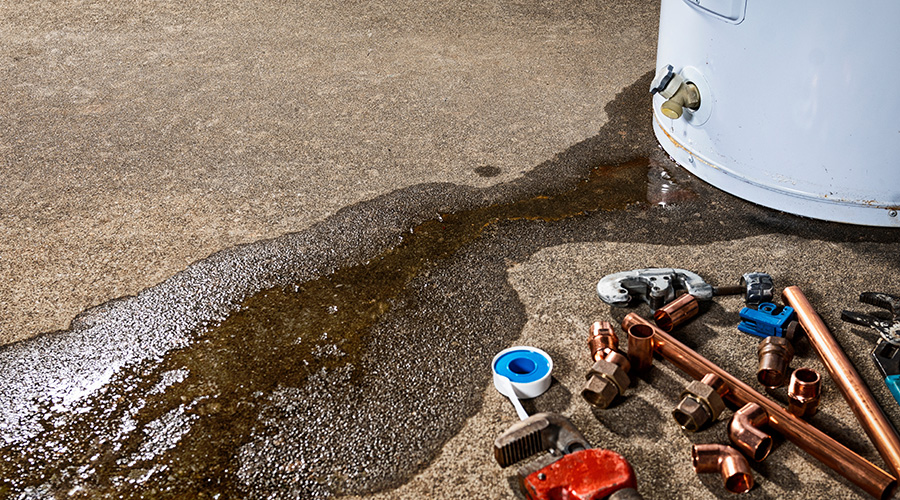How to Select Plastic Piping
Take into account these tips to make sure a plastic piping selection matches the particular needs of a facility.
Before settling on a specific material, make certain that you understand the particulars of the application. Is it a supply or a drain system? What is the temperature range of the fluid being carried by the piping? What is the pressure of the fluid? Will the piping be exposed to chemicals that could attack it from the inside or the outside? Will the piping be exposed to possible freezing temperatures? How critical is it to maintain the purity of the fluid? How fire-resistant must the piping be?
Equally important are factors related to the running of the piping. In retrofit and remodeling applications, installers have to snake the piping through tight spaces while trying to minimize damage to building finishes. If rigid pipe is used, even trying to attach fittings to new pipe behind finished areas becomes difficult and disruptive. And longer lengths allow pipe runs to be installed with fewer fittings, reducing installation costs.
To determine which option is best for an application, look at similar uses in other facilities. What type of plastic piping have they installed and what has been their experience? If your facility has in-house plumbing staff, what are their experiences in working with plastic piping systems?
Don’t forget code restrictions. While all three thermoplastic pipe types are accepted under today’s building codes, there are some restrictions on their use. Failing to take them into consideration will lead to project delays and additional costs.
James Piper, PhD, PE, is a writer and consultant who has more than 35 years of experience in facilities management. He is a contributing editor for Building Operating Management.
Email comments and questions to edward.sullivan@tradepress.com.
Related Topics:













